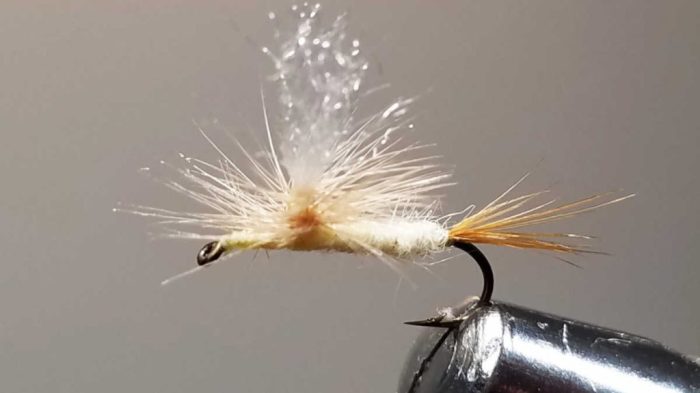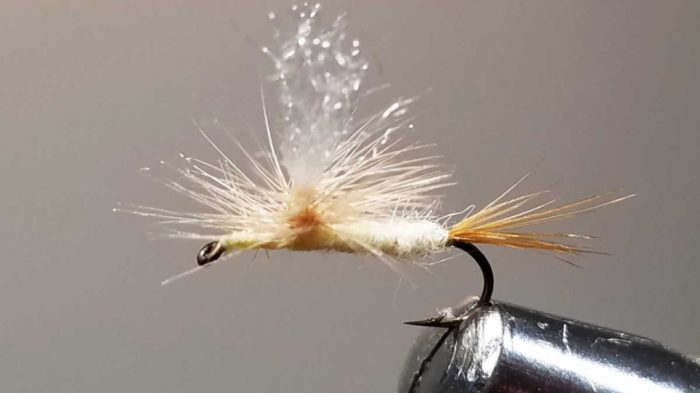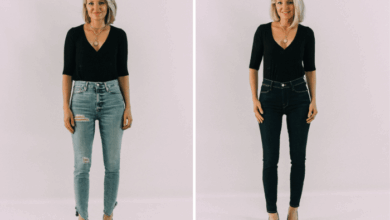
The Secret to the Perfect Head Scarf: A Guide to Style and Confidence
The secret to the perfect head scarf isn’t just about the fabric or the style, it’s about finding a look that reflects your personality and makes you feel confident. Whether you’re looking for a casual everyday look or a more formal style for a special occasion, there’s a head scarf out there for everyone.
This guide will delve into the world of head scarves, exploring the different fabrics, styles, and accessorizing options. From understanding the basics of tying a head scarf to mastering the art of choosing the right one for your face shape and occasion, we’ll cover everything you need to know to create your own signature head scarf look.
Head Scarves for Different Occasions: The Secret To The Perfect Head Scarf

Head scarves are a versatile accessory that can be styled for a variety of occasions. Whether you’re going for a casual look, attending a formal event, or observing a religious or cultural tradition, there’s a head scarf style and color that’s perfect for you.
Casual Occasions
Head scarves can add a touch of style and personality to your everyday outfits. For casual occasions, consider lightweight fabrics like cotton or silk in bright colors and patterns.
- A simple bandana tied around your head can add a pop of color to a plain t-shirt and jeans.
- A turban-style head scarf can be worn with a flowy dress or skirt for a bohemian look.
- A headscarf with a floral print can be paired with a casual sundress for a summery vibe.
Formal Occasions
When attending formal events, opt for head scarves made from luxurious fabrics like satin or velvet. Choose rich colors like emerald green, ruby red, or sapphire blue.
- A long, flowing head scarf draped over your shoulders can add a touch of elegance to a formal gown.
- A head scarf with a jeweled embellishment can be worn with a cocktail dress for a glamorous look.
- A simple, solid-colored head scarf can be worn with a tailored suit for a sophisticated look.
Religious Occasions
Head scarves are an important part of religious practice in many cultures. The style and color of the head scarf will vary depending on the specific religion and tradition.
- In Islam, women are required to cover their hair, and the hijab is a common choice. Hijabs are typically made from lightweight fabrics like cotton or silk and come in a variety of colors and patterns.
- In Sikhism, women wear a turban known as a dastar. Dastars are typically made from cotton or silk and are often brightly colored.
- In Judaism, some women cover their hair with a tichel or sheitel. Tichels are typically made from lightweight fabrics like cotton or silk and are often plain or embroidered with religious motifs.
Cultural Occasions, The secret to the perfect head scarf
Head scarves are also worn for cultural reasons in many parts of the world. The style and color of the head scarf will vary depending on the specific culture and tradition.
- In India, women wear a variety of head scarves, including the saree pallu, the dupatta, and the chunni. These head scarves are typically made from silk or cotton and are often brightly colored and embellished with embroidery or beadwork.
- In Africa, women wear a variety of head scarves, including the gele, the kente, and the shweshwe. These head scarves are typically made from cotton or silk and are often brightly colored and patterned.
- In the Middle East, women wear a variety of head scarves, including the abaya, the niqab, and the burqa. These head scarves are typically made from lightweight fabrics like cotton or silk and are often plain or embroidered with religious motifs.
Choosing the Right Head Scarf
When choosing a head scarf for a specific event, consider the following factors:
- Occasion: The type of event will dictate the appropriate style and color of the head scarf.
- Outfit: The head scarf should complement your outfit, not clash with it.
- Personal Style: Choose a head scarf that reflects your personal style and preferences.
- Fabric: Consider the fabric of the head scarf, as it will affect its drape and comfort.
- Color: Choose a color that flatters your skin tone and complements your outfit.
The secret to the perfect head scarf? It’s all about finding the right balance of comfort and style. You want something that feels secure but doesn’t feel too tight. And if you’re looking for a little extra something to add to your look, try a scarf with a fun print or texture.
A teacher deserves a special thank you, so consider a thoughtful gesture like a free teacher appreciation gift to show your appreciation. And remember, a little extra effort can go a long way, so take the time to tie your scarf with a little extra flair!
You know how some head scarves just seem to effortlessly frame your face? The secret is in the drape and the way it sits, just like a beautiful piece of art in a floating frame tutorial. A little extra fabric here, a subtle tuck there, and suddenly you have that perfect, effortless look.
It’s all about understanding the angles and playing with the fabric to create the perfect frame for your features.
The secret to the perfect head scarf is all about finding the right fabric and technique. A lightweight, breathable material like silk or cotton is key for comfort, especially in warmer weather. And when it comes to tying, practice makes perfect! For some extra inspiration, check out over 100 spring cleaning tips and tricks – you might be surprised by how many household items can be repurposed into head scarf accessories.
Once you’ve mastered the basics, you can experiment with different styles and colors to create a look that’s uniquely you.


